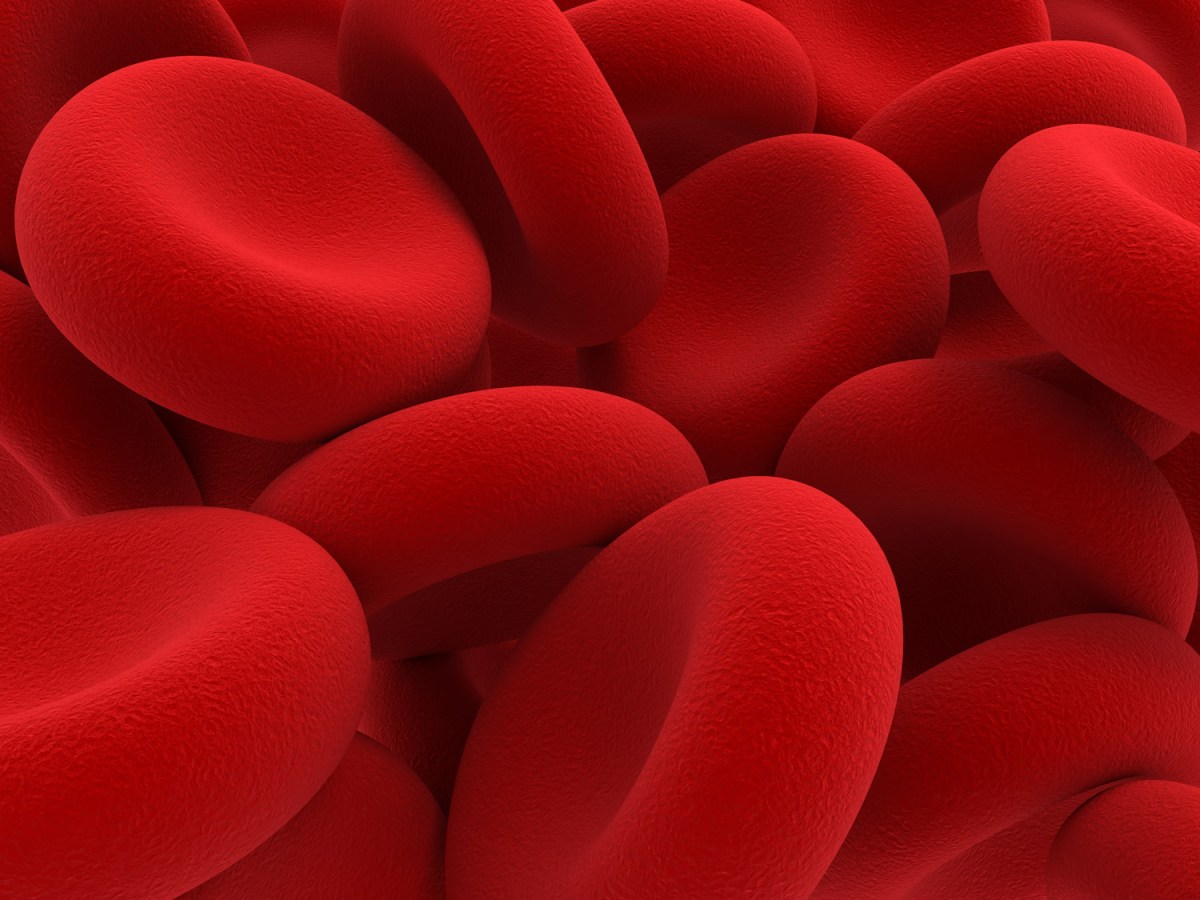Researchers from Kumamoto University and associated institutions have uncovered a remarkable new species of deep-sea sea anemone that constructs shell-like structures for hermit crabs. This discovery highlights an extraordinary example of mutualism and co-evolution in the ocean’s depths. The findings were published on November 4, 2025, in the journal Royal Society Open Science.
The newly identified species, named Paracalliactis tsukisome sp. nov., was located at depths ranging from 200 to 500 meters off the Pacific coasts of Mie and Shizuoka Prefectures in Japan. Unlike typical sea anemones, which lack hard skeletons, this particular anemone secretes a shell-like structure known as a carcinoecium. This unique feature expands and strengthens the shells inhabited by the hermit crab Oncopagurus monstrosus.
Stable isotope analyses conducted by the research team revealed that the anemone partially feeds on organic particles and the feces of its crab partner. This unusual yet effective recycling method is significant for nutrient cycling on the deep-sea floor. Additionally, 3D imaging using micro-CT scanning indicated that the anemone consistently attaches to the crab’s shell in a one-directional pattern. This behavior may relate to both feeding habits and the construction of the shell-like structure.
The hermit crab benefits significantly from this partnership, achieving a larger body size compared to its relatives. This suggests a genuine mutualistic relationship between the two species, where both organisms gain advantages from their interaction.
The soft pink color of the anemone inspired its name, tsukisome (桃花褐), which translates to “pale pink color.” This ancient Japanese term is referenced in the Man’yōshū (万葉集), Japan’s oldest anthology of poetry. In historical texts, a “tsukisome-dyed kimono” symbolized gentle yet sincere affection, making it a fitting tribute to both the anemone’s delicate hue and its loyal partnership with the hermit crab.
“This discovery shows how even simple animals like sea anemones can evolve surprisingly sophisticated behaviors,” stated Associate Professor Akihiro Yoshikawa of Kumamoto University‘s Aitsu Marine Station, who led the study. “Their ability to build a shell-like structure is a fascinating clue to understanding how animals perceive space and direction.”
The findings from this research not only deepen our understanding of mutualistic relationships in marine ecosystems, but also highlight the complex interactions that can occur between seemingly simple organisms. As exploration of deep-sea environments continues, more discoveries like this may shed light on the intricate web of life that thrives beneath the ocean’s surface.
For further reading, refer to the article by Akihiro Yoshikawa et al., titled “Mutualism on the deep-sea floor: a novel shell-forming sea anemone in symbiosis with a hermit crab,” available in Royal Society Open Science.







